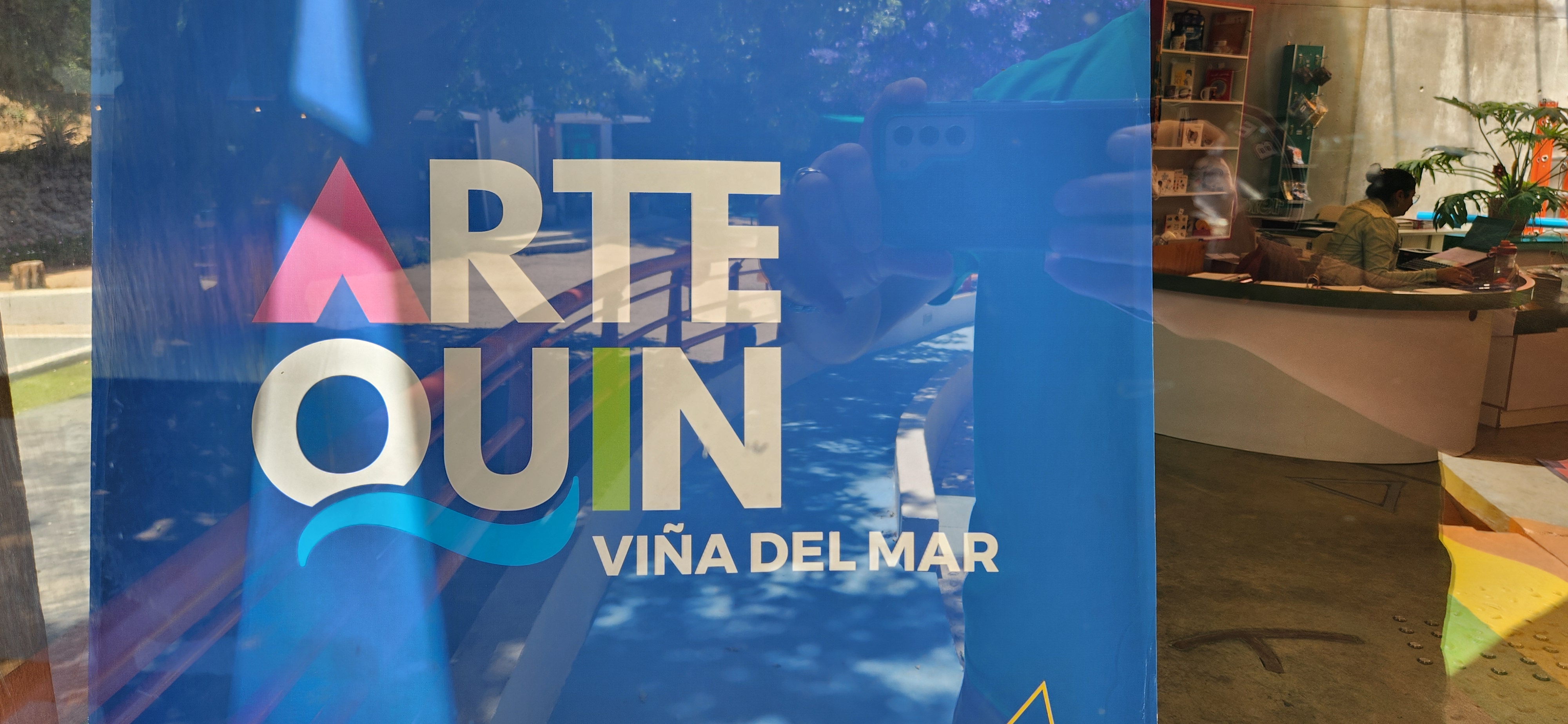Image

First, even though we traveled to Bujumbura to see the Ambassador who works at the US Embassy, it's not actually the political capital of Burundi. It was the political capital from 1962 - 2019, established as the capital once Burundi gained independence from Belgium. The US built an embassy which was dedicated in 2013, so when the political capital was moved to a more centralized Burundian city in 2019 - the US embassy (and others) remained in Bujumbura. This move wasn't unique to Burundi - other African nations have done the same in recent years.
Due to the colonial history - first Germany, then Belgium - there are some European influences remain. There are three official languages - Kirundi, French, and English (added in 2014). Burundi’s currency is the Burundian franc, and the biggest local currency bill is a 10,000 note, which is worth less than USD $5. And credit cards are not accepted. Remember, Burundi is the poorest country in the world. 87% of the population lives on less than USD$1.90 per day (which is the UN definition of poverty). For the average Burundian, who earned $57 per month to pay for all his/her bills, why would they need any bill that is larger than $3.40?
And yet one of the more interesting ways in which Burundian society is ahead of U.S. society is the fact that mobile banking is everywhere. People don’t have money in bank accounts. When someone gets money, that person goes to a phone agent (who are sitting on almost any corner wearing a colored smock that denotes their job) and has the cash put onto his/her phone. From there, they can use a text code displayed next to a vendor to text money to that vendor to pay for tomatos or lightbulbs or fabric or whatever. And all of that is done on a “dumb” phone with only SMS capabilities. (currency info from our friend, Melanie)
Burundi's economy is based on agriculture - coffee, tea, sugar, cotton and food crops. We did visit a coffee shop Buja Cafe https://buja-cafe.com/ and Jason enjoyed a nice cup (I don't drink coffee) - he even picked up some to bring home. We also went to a market (twice) for local, handmade items - so many things to consider and haggling for a good deal and selecting some fun souvenirs. Jason even bought a Bujumbura shirt to twin with Melanie 
This leads me to the vibrant colors! I loved seeing the colorful fabrics used for everyday clothing as well as worked into the souvenirs - one of my faves is a trivet made from recycled bottle caps wrapped in scraps! Burundi has its own way of making colorful local fabric. They call these fabrics “kitenge.” It is pronounced: KEY-teng-ay It is colorful fabric onto which one can print anything from cool abstract designs, to printed spark plugs, to ducks, to someone’s face. In some respects it reflects the central African region, since there are versions of this throughout the region. They had them in Cameroon, and in neighboring Congo (called panje, pronounced PAHN-yuh). Color is one defining characteristic; kitenge is usually very colorful, with lots of greens and yellows and oranges and reds. It is generally made using a process of dying with wax. Thus the material tends to be stiffer than regular materials we have in the west. Kitenge is what Burundians wear. The women wear full-length shirts that are often just the fabric wrapped around their hips and tucked in – no buttons or zippers needed! The men tend to have tailored kitenge shirts, if they can afford them. The United States has a thriving commerce in selling used clothes in Africa, so often a Burundian woman will have her kitenge skirt paired with some U.S.-alumni (or pop culture) t-shirt. (info about Kitenge from Melanie)
How do they carry and balance things on their head? Melanie told us that they start young! Turns out the neck muscles can be trained and strengthened for this! So, they start with small things for kids – who will eventually carry large loads, including the enormous drums (see previous post). We were constantly amazed by the loads we saw balanced on the heads of Burundians we passed (all photos were taken from a moving vehicle, but I was able to capture some examples). My favorite was spotting a Burundian man (maybe in his 20s) balancing a single shoe on his head (looked like a nice sneaker) – the other one was in his hand, and he was walking down the street chatting with a friend (no photo). Melanie explained that the head is the default place to hold something – so one shoe went there, and the other had to be held in the hand. Using the head, frees up the hands to balance on uneven and hilly surfaces. I do not know the person who wrote this blog, but it explores this subject and includes a lot of photos – including someone who has a shoe on his head  https://morigobeyond.com/.../in-burundi-people-wear.../
https://morigobeyond.com/.../in-burundi-people-wear.../
I started with a completely different direction for this post, but these stories and topics were interesting to explore, so I’ll wrap it up for today. Stay tuned for some amazing views of Bujumbura and sunsets...
- Log in to post comments
























